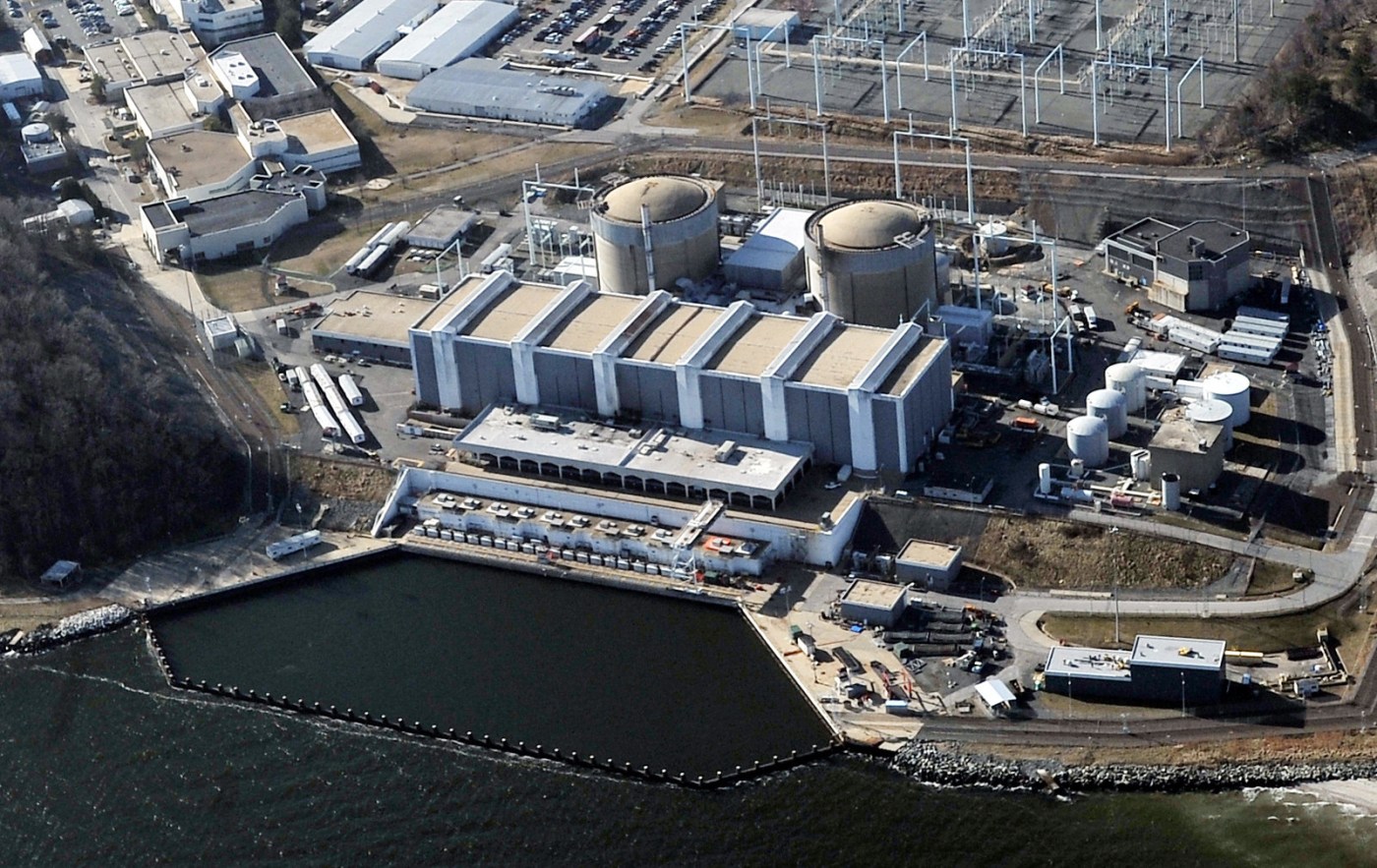Business
Maryland Must Embrace Nuclear Energy for Future Power Needs

Maryland faces a critical challenge in securing its energy future while neighboring states pursue proactive measures. The discussion surrounding energy reliability is intensifying, particularly as states like Delaware establish initiatives such as the Nuclear Energy Feasibility Task Force. This step highlights the necessity for substantial energy infrastructure, which Maryland must confront head-on.
Addressing Energy Reliability
Maryland has a unique advantage with the presence of the Calvert Cliffs Nuclear Power Plant, a facility that could be expanded to meet growing energy demands. The state also possesses multiple retired coal plant sites that could be redeveloped into reliable, clean power sources. Meanwhile, Maryland’s burgeoning sectors, particularly in artificial intelligence and data management, require consistent baseload power to function effectively.
Communities across Maryland, including Parkton, are grappling with infrastructure shortages, evidenced by projects like the Maryland Piedmont Reliability Project. The reliance on a patchwork of imported energy and intermittent sources has left the population vulnerable to power shortages, particularly during peak demand periods.
The current lack of a cohesive energy strategy is alarming. Maryland’s energy policy seems more focused on securing short-term political gains than on establishing a sustainable, long-term vision for energy security. As Mark A. Aitken, senior vice president of advanced technology at Sinclair Broadcast Group, points out, without a clear integrated resource plan or capacity roadmap, the state risks facing higher energy costs and diminished reliability.
The Case for Nuclear Energy
Despite potential fears surrounding nuclear energy, the reality is that failing to invest in such infrastructure could lead to dire consequences. Hospitals may struggle to maintain operations during extreme weather events, and data centers could relocate to states with more reliable energy supplies, such as Ohio. The PJM Interconnection, which oversees the electricity grid in the region, has already indicated that supply constraints are tightening.
Aitken advocates for Maryland to take decisive action by forming a Nuclear and Firm Power Task Force. This initiative would prioritize existing sites like Calvert Cliffs, Brandon Shores, and Dickerson, and explore hybrid gas-nuclear projects that can deliver immediate results. Furthermore, engaging with residents to build a shared understanding of energy needs is crucial.
Maryland’s ambitions for aggressive climate goals and the desire for tech job growth cannot coexist with a reluctance to embrace the necessary tools for achieving them. As Aitken emphasizes, “We can’t keep saying ‘no’ while expecting a future that requires ‘yes.’”
The path forward is clear. Maryland must stop avoiding the realities of energy demands and the infrastructure required to meet them. By prioritizing nuclear energy and innovative power solutions, the state can ensure a reliable and sustainable energy future. The time for action is now, as the consequences of inaction could prove more perilous than the challenges of building the energy infrastructure of tomorrow.
-

 Science2 weeks ago
Science2 weeks agoResearchers Challenge 200-Year-Old Physics Principle with Atomic Engines
-

 Politics2 weeks ago
Politics2 weeks agoNHP Foundation Secures Land for 158 Affordable Apartments in Denver
-

 World1 week ago
World1 week agoBoeing’s Aircraft Production: Assessing Numbers and Challenges
-

 Lifestyle1 week ago
Lifestyle1 week agoRed Bluff High School’s Elli Nolan Named Rotary Student of the Month
-

 Lifestyle6 days ago
Lifestyle6 days agoTrump’s Push to Censor National Parks Faces Growing Backlash
-

 Entertainment1 week ago
Entertainment1 week agoSyracuse Stage Delivers Lively Adaptation of ‘The 39 Steps’
-

 Health2 weeks ago
Health2 weeks agoNeuroscientist Advocates for Flag Football Until Age 14
-

 Lifestyle2 weeks ago
Lifestyle2 weeks agoLongtime Friends Face Heartbreak After Loss and Isolation
-

 Science1 week ago
Science1 week agoAI Misidentifies Doritos Bag as Gun, Triggers Police Response
-

 World2 weeks ago
World2 weeks agoGlobal Military Spending: Air Forces Ranked by Budget and Capability
-

 Health2 weeks ago
Health2 weeks agoFDA Launches Fast-Track Review for Nine Innovative Therapies
-

 Politics6 days ago
Politics6 days agoNFL Confirms Star-Studded Halftime Show for Super Bowl LVIII









